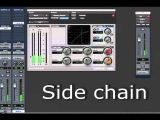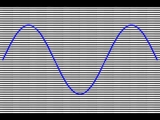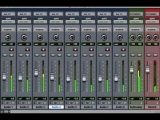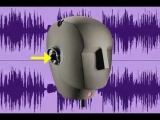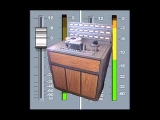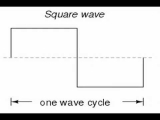Lossy and Lossless
Lossy and Lossless
When audio files are compressed to reduce the file size, the compression can be done two different ways, lossy and compression, like AAC or mp3 files, permanently discard or “lose” the data. Fortunately, a large amount of data can be lost before it will be actually noticed by a listener. This is why a 128 kilobit per second mp3 can be one tenth the file size of a CD file and still sound fairly comparable. However, if a lossy file is used in other applications and recompressed, or manipulated with signal processing, for example, time compression/expansion or pitch shifting, artifacts may be produced, that would not have been heard had the original uncompressed file been lossless audio file achieves a smaller file size (typically 50-60% of the original) by eliminating unnecessary data and writing the remaining data more efficiently. For example, in an uncompressed file, the file size is the same whether it’s a recording of a symphony orchestra or same length of silence. In a lossless compressed audio file, like a FLAC (free lossless audio codec), the silence would take up almost no space, and the music would also take up less room by the way the data is written in the file, meaning uncompressed PCM files are written linearly, whereas lossless files are written more like vector image in a lossy file, the discarded data is permanently gone. However, in a lossless file, all the data can be reclaimed.


